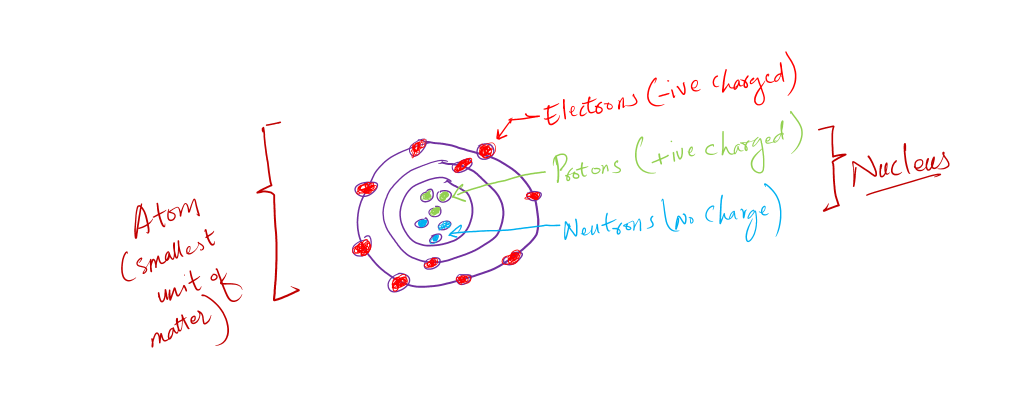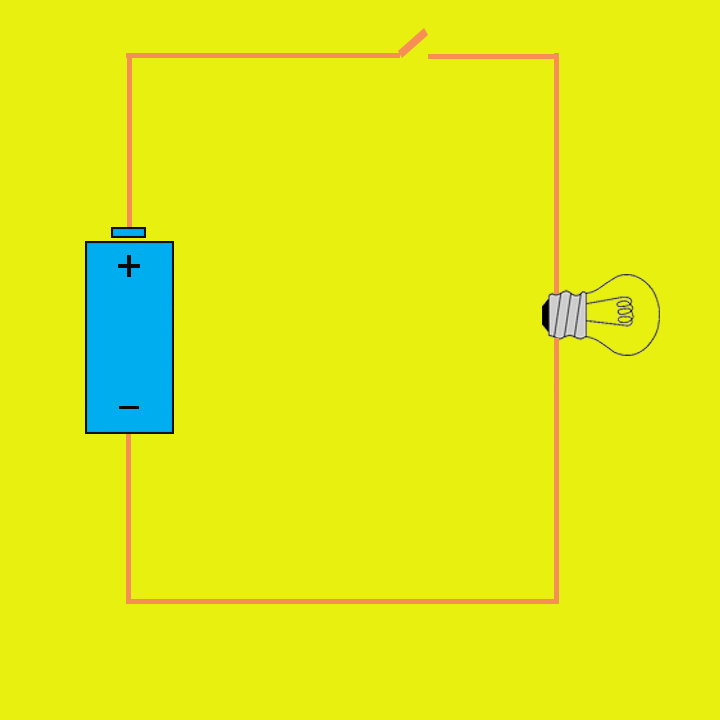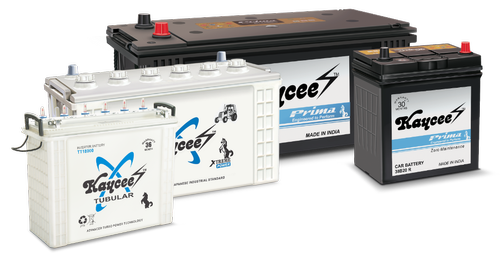Previously we learned:
Now, let’s try to learn basic electronics terminologies for beginners. They are simpler than one might guess.
You know, to understand a new subject it is important to learn its basic key terms. These terms get repeated over and over. If a beginner doesn’t understand these terms it will be difficult to master that subject. And the electronics subject is no different.
So,
Electronics has its basic terminologies. Some are basic and some are advanced. The basic terms include electricity, charge, voltage, current, power, AC, DC, rating, capacitance, resistance, and a few others. Advanced terms include circuit, parallel circuit, series circuit, short circuit, open circuit, and a few others.
I may not include all the advanced terms (which you will learn with time) but I will try my knowledge best to include all the basic ones that one needs to know when starting with electronics.
Let’s get into the details of electronics terms and see what we can learn.
Basic electronics terminologies for beginners
I will keep it as simple as possible. Let’s start learning the “ABC” of electronics.
1- Electric charge (q)
The first to start with is a charge. Also known as electric charge is the fundamental concept upon which other concepts are based. So pay a little more attention to it.
Our human eyes have the property of seeing things. Our ears have the property to listen and differentiate different sounds.
In the same way, atomic particles i.e. electrons, protons, and neutrons have a property called charge due to which they can attract and repel.
Electric charge is the physical property of atomic particles of which matter is made
Electrons are negatively charged, protons are positively charged, and neutrons have no charge.
When electronics are removed or added to atoms, the net charge around an atom becomes positive and negative respectively.

There is an equal number of electrons and protons in an atom because of which there is no net charge on the whole atom.
The whole atom acts neutral because negative electronics cancel the effect of positive protons and vice versa.
The amazing thing about charges is:
- The same charges repel each other
- Opposite charges attract each other
And because of this property, if you rub a comb in hair and bring it close to paper pieces. The comb attracts those small pieces. Why?
Because when you rob the comb against your hair it loses electrons and the net charge on the surface of the comb becomes negative.
When you bring this negatively charged comb to pieces of paper. It pushes the surface electronic of paper thus making paper the positive charged.
And you know opposite charges attract each other and therefore comb is able to attract the small pieces of positively charged paper.
The above definition is simple and straightforward. Let’s try to understand electric charge at an advanced level.
Around any electric charge, there will be an electric field just like a magnet has a magnetic field around it.
Now when we place an electric charge in a magnetic field or electric field (produced by other charges), the charge will experience an external force.
The force will try to move the charge in opposite direction. Why? because it is the property of electric charge. So we can define electric like this too:
Electric charge is the property of atomic particles of which matter is made due to which it (matter specifically the atomic particles) will experience an external force when placed in the presence of an electric or magnetic field.
This property of charges has made this modern world possible. Because of charges’ this property we have these huge electric power generators.
We produce an external magnetic field and then place electric charges in that field. The magnetic field makes charges flow and thus makes us able to carry energy from one place to another.
2- Electricity
Let’s continue our journey of exploring basic electronics terminologies.
The electric charge has a unique quality. They can free themselves from the valence shell upon the application of external energy.
When charges get free they can move freely within the matter structure. And electricity is nothing but the motion and flow of these electric charges.
When I say electric charges I specifically mean the flow of electrons. Because you know that protons lie inside the nucleus of an atom and it is not possible that protons can flow from one atom to another.
Electricity is the flow of electric charges (electrons) within conducting matter when the circuit is complete
For now, you can neglect the circuit’s complete part. I guess it is not making any sense right now because we don’t know what a circuit is?

Right!
So, basically in engineering, everything starts with the flow of electrons. When we study this flow in conductors like copper we are dealing with electrical engineering.
And when we study this flow of electrons through semiconductor materials we are dealing with electronics engineering.
3- Conductors
After understanding the concept of electricity, I think understanding the concept of the conductor would be piece of cake for you.
Conductors are those materials that allow the passage of electricity through them
This means if you apply electricity to one end of a conducting material it will easily pass through it and reach the other end.
Examples of conductors are copper, iron, aluminum, gold
4- Insulators
Insulators as the name suggesting is something to do with insulation. These are those materials that do not like the passage of electricity.
Insulators are those materials which do not allow the passage of electricity through them
These materials are opposite to that of conductors. They are specially used for protection purposes.
Examples are wood, rubber, and plastic
5- Semiconductors
Semiconductors are the most important materials when it comes to electronics engineering. We study semiconductor devices most of the time when working with electronics.
Semiconductors are those materials that partially allow the passage of electricity and partially do not allow.
These materials are somewhat in between conductors and insulators. And you know, the whole digital era is possible because of advancements in working with these materials.
Examples are Silicon and Germanium
6- Voltage (Volts, V)
You may have heard of this basic electronics terminology many times. You may have also wondered what this is and why we use it all the time.
Let’s try to find out in a simple way.
So we learned electricity is the flow of electrons. But these electrons flow from a high energy level (higher potential) to a low energy level (lower potential).
And voltage is nothing but the difference between higher and lower optional points.
Voltage is the difference between two potential points
We measure voltage in terms of Volts denoted by V. The unit of voltage is Volts (V).
7- Voltage source
Any device that provides us with voltage is called a voltage source. Examples are batteries, electric generators, and wall sockets.

Voltage sources are like the backbone of our world. We cannot power anything with these sources.
8- Current (Ampere, A)
Uptill now we were saying that flow of electrons (charges) is called electricity. But technically we were talking about electric current.
When there is voltage and something is connected to that voltage, there will be a flow of electric charges. And we define that flow of charges as electric current.
The time rate of change of electric charges is called current.
We measure current in Ampere denoted by A.
The main difference between the definitions of electricity and current is the time rate.
9- Current source
Similar to voltage source, a current source is a device that provides us with a continuous flow of current. Examples are again batteries, electric generators, and wall sockets.
10- Resistance (Ohms)
The next very fundamental electronics terminolgy is resistance.
As the nature of everything in this universe is to oppose the changes. We as humans do the same.
The same goes for electric conductors. When we try to pass the electric current through a conducting material it opposes it. This opposition is called resistance.
Resistance is the opposition of conducting material to the flow of electric current.
Resistance is measured in Ohms. The unit Ohm is named after the scientist who discovered this phenomenon.
11- Capacitance (Farad, F)
There are many electronics components that have special purposes to serve. Capacitance is the property of such electronics components called the capacitor.
Capacitance is ability of a capacitor to store electric charges
We measure capacitance in terms of Farad denoted by F.
12- Inductance (Henry, H)
Same as capacitance, inductance is a special property of the Inductor (a two-terminal electronics component).
Inductance is the ability of an inductor to store energy
We measure inductance in terms of Henry denoted by H.
13- Electric field
When there is the flow of electric current through a conductor. Around that conductor, a field is created which is called an electric field.
14- Electrical signals
Voltage and current are called electric signals because they carry certain information and are functions of time.
15- Frequency (Hertz, Hz)
Frequency is related to electric signals. The frequency of a signal tells us how much a signal is repeating itself within a unit time frame.
16- Amplitude
The maximum point of an electric signal along the y-axis is called the amplitude of that signal.
17- Time period (T)
The time taken by an electric signal to complete its one cycle.
18- AC
AC stands for alternating current. This is that type of electric signal in which the signal alternates in opposite directions frequently. Sometimes it is positive and sometimes it is negative.
19- DC
The one of the most used electronics terminologies is DC. DC stands for direct current. In this term, the signal is unidirectional, i.e. signals don’t change their directions.
20- Power (Watt, W)
You may have heard of this term before. We use this term to measure the performance of a device and to measure how much energy that device needs to operate properly.
Power is the product of voltage and current.
Power is measured in Watt, denoted by W.
21- Device rating
The voltage, current, and power maximum, and minimum range for a device is called that device rating. Be very careful of these max and min ranges else you may damage your useful devices in a matter of seconds.
22- Circuit
We have a lot of amazing electronics components available to play with and to arrange them. When we arrange these electronics components and connect them properly we make a circuit.

You can make a circuit on breadboard or you can make it on PCB boards with permanently soldered components.
A circuit is an arrangement of electronics components when connected properly
When are making circuits we have to be very careful of the connections we are making. We miss wrong a connection our circuit may not work the way it supposes to be.
23- Open circuit
A circuit connection is which there is no flow of electric current is called an open circuit.
24- Short circuit
A short circuit is a connection between two points in a circuit in which the potential difference is zero.
25- Series circuit
Now there are many ways we can put together various different electronics components. One way is series connection. In series connection same current flows through each and every component.
26- Parallel circuit
The second way of connecting electronics components is parallel. In a parallel circuit, the same voltage is applied across each and every component.
27- Printed circuit board (PCB)
You may have seen the green board in almost every electronics consumer device these days. These green boards are called printed circuit boards shortly PCB.
28- Electronics components
I should have explained this term way earlier but let define it anyway. Electronic components are devices that serve special functions.
29- Through-hole devices
Electronics components with long terminals that we put in the holes of PCB are called through-hole components.
30- Surface mount devices (SMDs)
These components are opposite to through-hole devices. These devices have no long terminals and mount them on PCBs. That is why these components are called surface mount devices.
Conclusion of basic electronics terminologies
In this article, I try to give short definitions of all the basic electronics terminologies that we use frequently.
I pick some key terms which I personally think beginners must know before they go any further in learning electronics.
Thank you and have a good life
Other useful posts:
- Simple definition of electronics (complete beginners)
- Electronics components symbols and functions
- Easy Get Started with Electronics (Step by Step Guide)

Simple and interesting, I hope to learn more from your source
Cheers..
it is well done